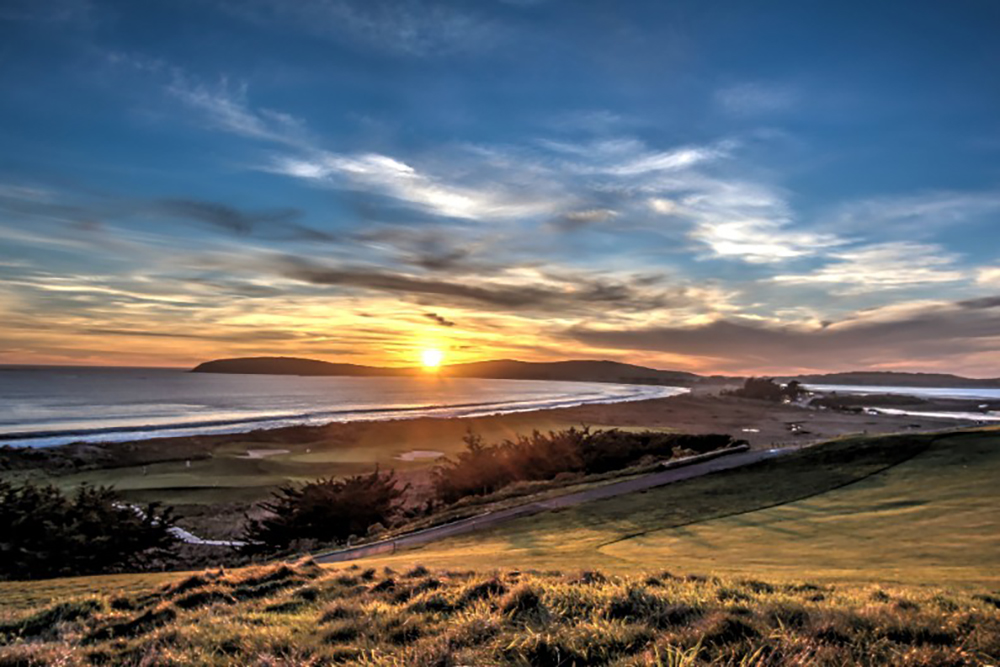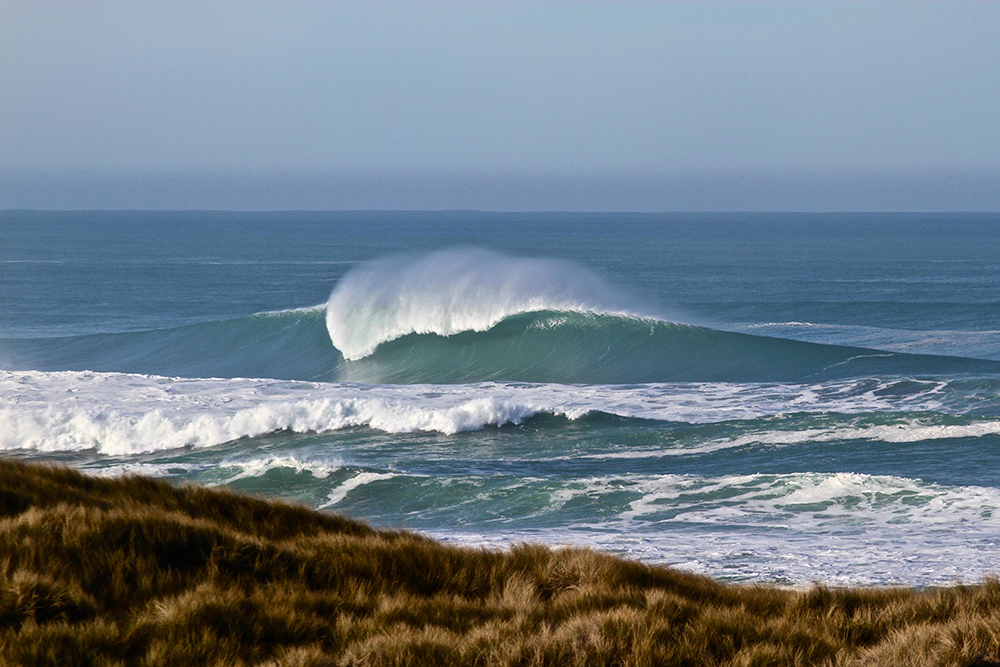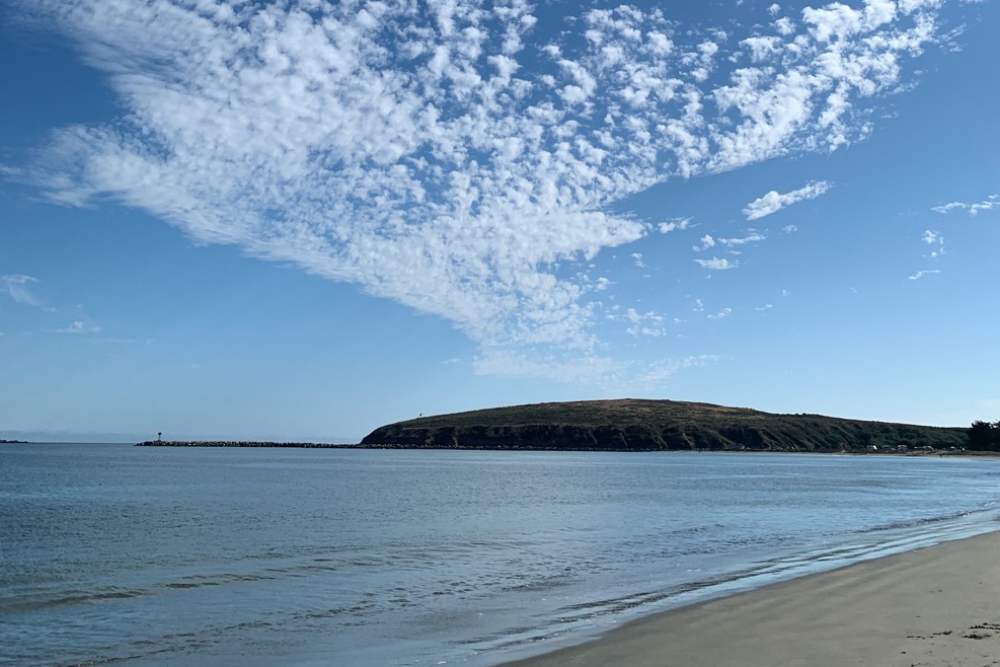
On a wildflowers hike at the Jenner Headlands Preserve in Northern California, Ranger Jill Adams of the Wildlands Conservancy asks what we expect to find.
“Sex,” a voice calls out. Giggling like school kids, we turn to a small woman in a tan bucket hat and sensible boots. “My father was a botanist,” she explains. “He taught us that when you go into the woods to look for wildflowers in Spring, you’re going to see lots and lots of sex.”
What else would you expect from plants with “wild” embedded in their name? Bursting from winter’s bleakness, they fling their supple forms across sun-warmed fields, lift their frilly heads for the dew’s kiss, flutter their petals in the wind’s embrace. Without words, they trumpet a message: Come to me. Have your way with me. Sweep me into the future.
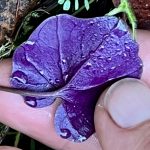 Demure Milk Maids arrive early, sheathed in virginal white petals but with a coquettish purple on the underside of their leaves. Yellow Footsteps of Spring sprout in batches that, from a distance, look as if the sun itself has tromped across a green meadow. Goldfields sparkle like the precious nuggets fortune seekers panned in California rivers.
Demure Milk Maids arrive early, sheathed in virginal white petals but with a coquettish purple on the underside of their leaves. Yellow Footsteps of Spring sprout in batches that, from a distance, look as if the sun itself has tromped across a green meadow. Goldfields sparkle like the precious nuggets fortune seekers panned in California rivers.
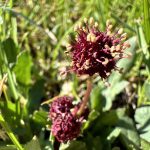 A rhapsody in blue–Baby Blue Eyes, Western Blue-Eyed Grass, Blue Dicks, Ithuriel’s Spear– ripples in the breeze. On flinty serpentine hills, exuberant Purple Sanicle waves its wine-colored blossoms like a cheerleader’s pompoms.
A rhapsody in blue–Baby Blue Eyes, Western Blue-Eyed Grass, Blue Dicks, Ithuriel’s Spear– ripples in the breeze. On flinty serpentine hills, exuberant Purple Sanicle waves its wine-colored blossoms like a cheerleader’s pompoms.
Both seductive and strategic, the kaleidoscopic spectacle lures birds, bees, insects, and small animals. Brushing against a plant’s anther (male sex organ), they pick up and transport pollen to a stigma (female sex organ) for fertilization. As a reward, many wildflowers gift their visitors with sugary, energizing nectar.
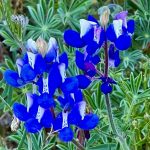 Rich reds like California Fuchsia attract ever-hungry hummingbirds, while the white petals of Soaproot and Hillside Morning Glory beckon to moths and other nocturnal pollinators. Surging along coastal hills, Sky Lupine flashes instant messages: Once pollinated, the pale centers of its flowers darken as a warning to would-be suitors not to waste their time and energy.
Rich reds like California Fuchsia attract ever-hungry hummingbirds, while the white petals of Soaproot and Hillside Morning Glory beckon to moths and other nocturnal pollinators. Surging along coastal hills, Sky Lupine flashes instant messages: Once pollinated, the pale centers of its flowers darken as a warning to would-be suitors not to waste their time and energy.
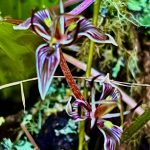 As added enticements, wildflowers release come-hither scents: sweet aromas for butterflies and bees; musty, pungent odors for moths and beetles. But the prettiest plants don’t always emit the most pleasing smells. At first sight of an exquisite Fetid Adder’s Tongue, I marveled at its elegant striped petals. Then I caught a whiff of its rancid breath, a stink that only its carrion-eating pollinators could relish.
As added enticements, wildflowers release come-hither scents: sweet aromas for butterflies and bees; musty, pungent odors for moths and beetles. But the prettiest plants don’t always emit the most pleasing smells. At first sight of an exquisite Fetid Adder’s Tongue, I marveled at its elegant striped petals. Then I caught a whiff of its rancid breath, a stink that only its carrion-eating pollinators could relish.
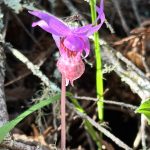 Among the most cunning of floral flirts, the Calypso Orchid spins a web of enchantments, from an appealing perfume to a clever disguise. The yellow fringe on its dainty lower lip mimics pollen-covered anthers and draws a bumble bee toward what look like luscious nectar buds. The disappointed bee soon recognizes the ruse and flits on to more hospitable flowers—fertilizing the orchid in a process described as “pollination by deception.”
Among the most cunning of floral flirts, the Calypso Orchid spins a web of enchantments, from an appealing perfume to a clever disguise. The yellow fringe on its dainty lower lip mimics pollen-covered anthers and draws a bumble bee toward what look like luscious nectar buds. The disappointed bee soon recognizes the ruse and flits on to more hospitable flowers—fertilizing the orchid in a process described as “pollination by deception.”
Humans may also be susceptible to wildflowers’ guiles. Their beauty, my horticultural friends suggest, may have evolved as a smart survival strategy—a way to be noticed, appreciated, cared for, protected. More whimsically, Spring’s flamboyant fling may be nature’s ode to joy, sung to revive winter-wearied spirits and celebrate life’s resurgence.
Perhaps, in their very wantonness, wildflowers are serenading us with a lusty anthem: Bloom in the sunshine. Dance with the wind. Breathe the untamed air. Dream of the glories of Springtimes yet to come.
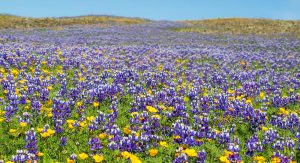
Photo Credits: Jill Adams, Dianne Hales



